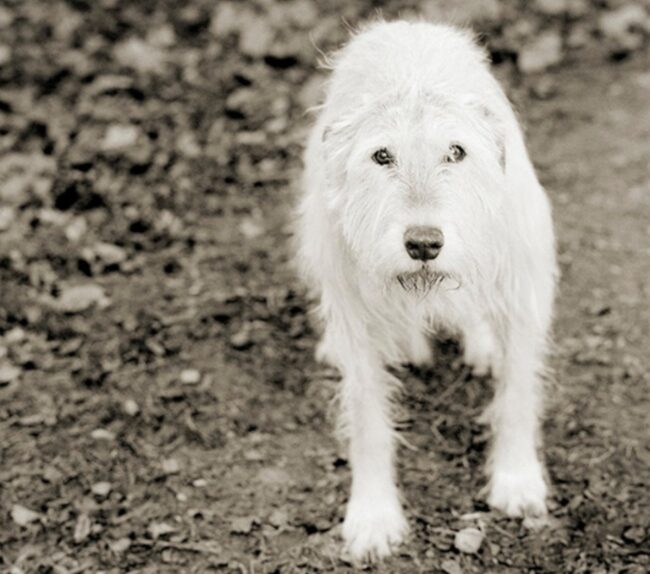I first heard about Isa Leshko a couple years ago, not long after she published Thrills and Chills, her first book of photography. All I knew of the photographer and the project was that she used a Holga to photograph amusement parks and carnival rides. My first response was to shudder. A toy camera? At an amusement park? It sounded terribly precious and cute. I ignored the project; I ignored Leshko.
I almost made the very same mistake when I heard about her second project, Elderly Animals. A project revolving around portraits of old animals? The potential for maudlin, sentimental, pretentious photographs seemed awfully high. I very nearly ignored Leshko again.
That would have been a terrible mistake.
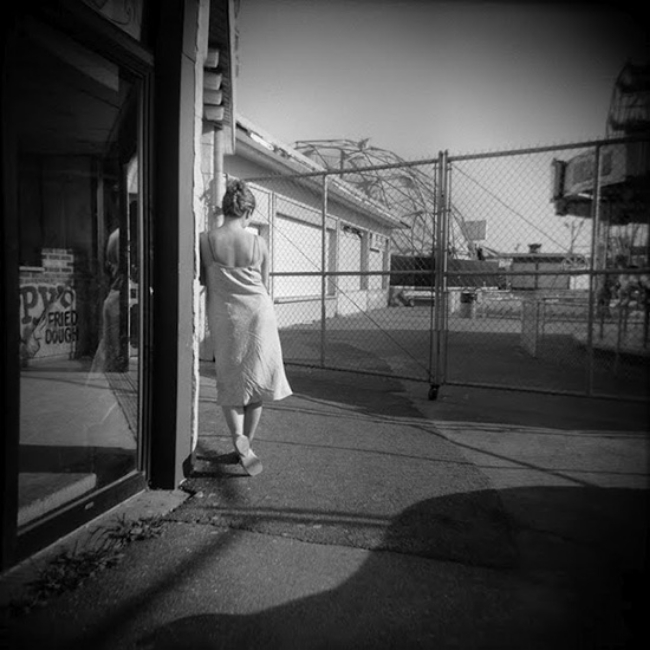
Leshko was born in 1971 in Rahway, New Jersey. She describes herself as “a nerdy and lonely kid” who spent “most of my free time reading and playing Atari.” She attended Haverford College in Pennsylvania—a liberal arts college grounded in Quaker values—where she studied neuroscience and cognitive psychology.
After college she held a number of jobs: research assistant, tech support for internet services, freelance writer, editor. Leshko became a self-describe workaholic and by the time she was in her early 30s she was burned out. Seeking some sort of distraction from her work schedule, she enrolled in an introductory photography course at the DeCordova Museum School. Her instructor “spent a portion of each class showing us work by photographers like Mary Ellen Mark, Eugene Richards, Diane Arbus, Cindy Sherman, Sally Mann and Richard Avedon, Ralph Meatyard. Had that class simply been about f-stops and shutter speeds, I might never have become a photographer.”
That course sparked a passion, and when passion takes hold of you, logic evaporates. Leshko quit her position with a computer firm and took a job doing customer support for a photo lab that offered free film processing and darkroom access to employees. She took evening workshops from the New England School of Photography, and practiced street photography with a 35mm camera. “But I longed to shoot medium format because I was finding myself drawn increasingly to square format images. I also liked the increased detail of a 120 negative. And it seemed all the cool kids were shooting medium or large format.”
Leshko mentioned that to her first instructor, who simply took a Holgo off her shelf and handed it to her.
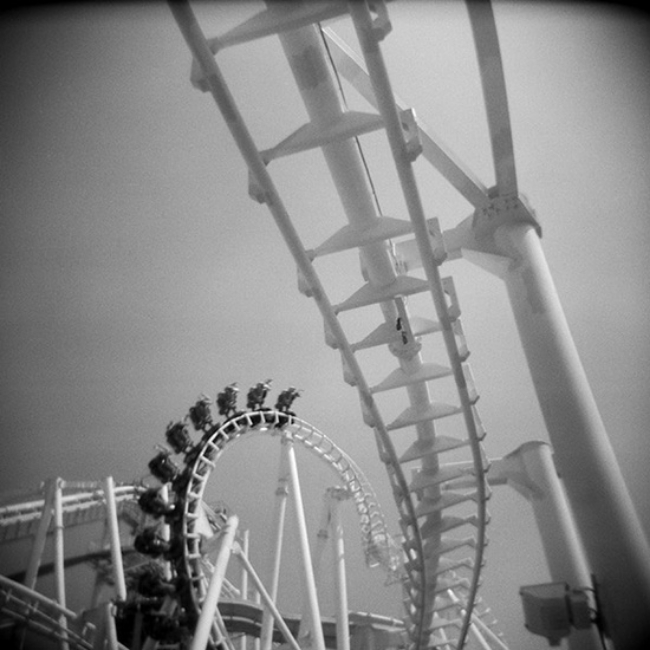
She took the Holga to Salisbury Beach, a summer resort on the border of Massachusetts and New Hampshire. Only a single frame of her first roll of film was worth printing (Salisbury Beach, 5, seen above), but…
“I was absolutely stunned when I printed that image in the darkroom for the first time. I loved the wrinkles in the fabric and was amazed by the detail rendered through a plastic lens. But what hooked me was the quick falloff in sharpness and brightness which contributed to the dreaminess of the image.”
Because she is something of a perfectionist, she found the lack of precision and the idiosyncratic focus to be “frightening and liberating.” I’m of the opinion that most of the best things in life are frightening and liberating.
There is still, of course, the concern of shooting amusement parks with a toy camera. Happily, Leshko was very mindful of it. “I am keenly aware that I risk taking cliché or nostalgic images when photographing this subject matter.” By being aware of the problem, she managed to avoid it. That awareness—and the steps she took to avoid the appalling level of Cute Potential—seems to have developed into the organizing principle that turned this into a coherent project. Until this point she hadn’t really considered her own photography in terms of projects; she didn’t think in terms of a series of images with a cohesive theme. “My early years as a photographer were spent largely undirected. I would go for drives and photograph whatever caught my eye.”
Amusement parks are great places to photograph people, and it would have been easy for Leshko to continue to do what tens of thousands of other photographers have done. Instead, she decided to use her Holga to explore something personal: the fact that amusement rides frightened her. She liked the way the camera’s plastic lens distorted the scale of the rides, and used that warped perspective to create images that make the structures seem menacing and sinister. But she makes an effort to insure she’s not relying on the camera’s idiosyncrasies. “I try hard to resist the temptation to use visual artifacts of the Holga as a creative crutch. When I’m editing my work, I ask myself: Is there more to this image beyond its vignette and blur?“
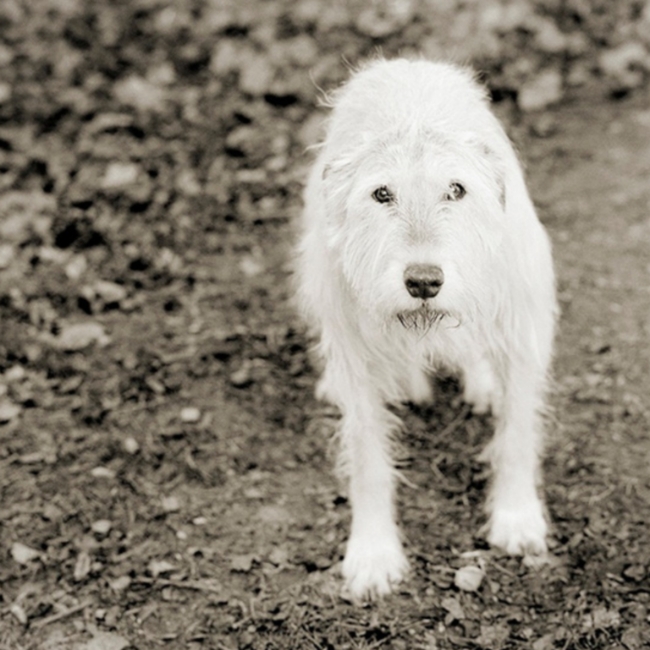
A few years ago, after Leshko’s mother was stricken with Alzheimer’s, she moved to New Jersey to help care for her. “My grandmother also had dementia,” Leshko said. “That’s something that, quite honestly, terrifies me.” She’d used photography to confront her fear of amusement rides, but she didn’t seriously consider taking that approach with her mother. “I didn’t think my mother could provide consent, and I wanted to be present as her daughter and caregiver.”
One weekend she took a break from caring for her mother and visited relatives. She came across Petey—a blind 35 year old horse—and spent the afternoon using one of her Holgas to photograph him. “When I reviewed my film I began to realize that I had a means of exploring my feelings around aging and my mother’s illness.” And another project was born: Elderly Animals.
Leshko began traveling around the country, visiting animal sanctuaries and shooting portraits of geriatric animals. She photographed farm animals, pets, escapees from industrial farms; she photographed horses, goats, chickens, dogs, pigs, turkeys, swine. Petey, however, isn’t part of the project. Leshko decided the Holga she used to photograph the old horse wasn’t the right camera for this project. She chose to use a Hasselblad 503 CW instead, “so I could make more formal portraits of my subjects that are unflinching in their detail.” Sadly, Petey died before she could return with the Hasselblad.
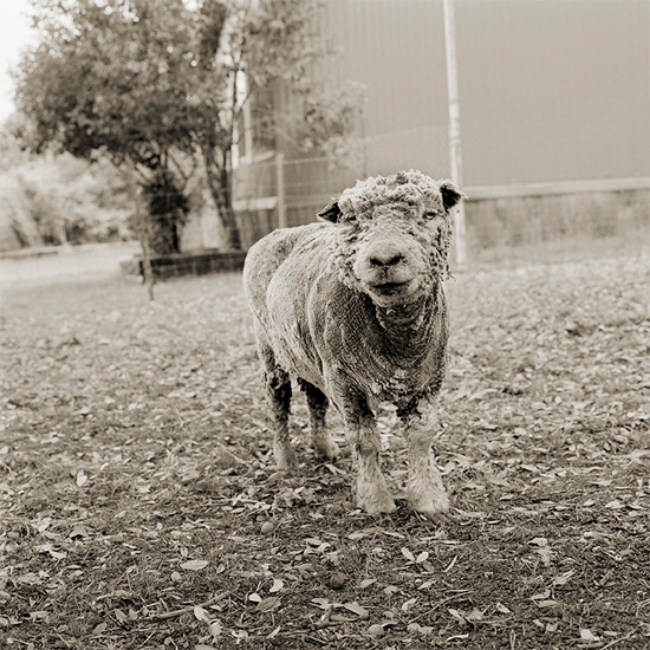
Because farm animals—even old ones—can move unpredictably fast in unanticipated ways, Leshko found she couldn’t use a tripod. She also decided to photograph the animals at their own level, which meant a lot of time squatting or sitting on the ground—even lying down. And that wasn’t just while she was shooting film. “I spend several hours with the animals I photograph and I try to visit them multiple times. Depending on the animal, I may spend an hour or so simply lying on the ground next to the creature before I take a single image.” That sensitive approach gives the animal time to become accustomed to Leshko’s presence and gives her a chance to familiarize herself with the animal’s habits.
As with the amusement park series, Leshko is painfully aware how easy it would be to shoot trite photographs of her subjects. “Animals are challenging to photograph in a meaningful way,” she’s said. “It’s too easy to create images that are cute or sappy or anthropomorphic.”
There’s additional facet to these images that often escapes attention. How is an animal’s age judged? Farm animals rarely live out their natural life span. Depending on the breed, the natural life of a chicken is somewhere between six and ten years, but chickens raised in factory farms are routinely slaughtered at around 45 days; free range chickens are generally butchered before they reach a hundred days. Nor does anybody note the date of birth of a chicken.
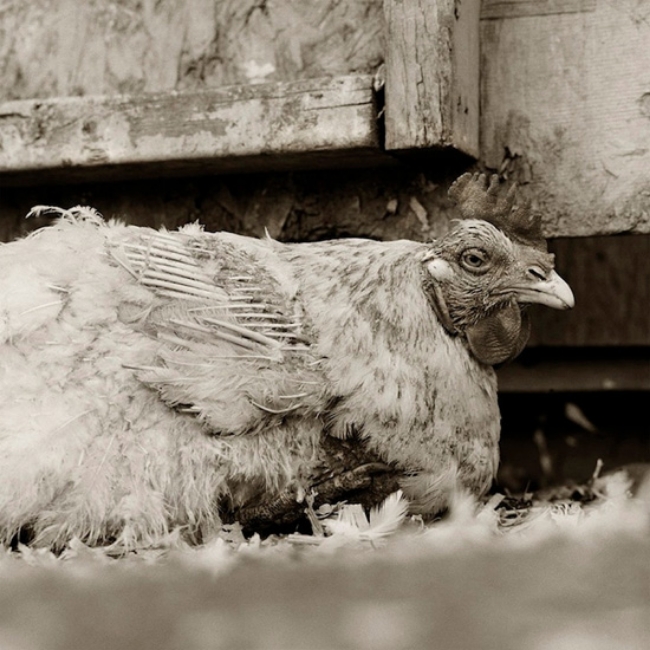
Age is said to confer dignity. And wisdom. And serenity. Sometimes that’s true. Sometimes not. Some of the subjects of Leshko’s portraits seem to bear themselves with heart-rending dignity. Some appear wise and serene. Some just seem old and tired and sad and ready to die. “There definitely have been animals that I’ve cried while photographing, or after,” Leshko has said. “The animals that have been abused or neglected before they were placed in a sanctuary really move me the most.”
What strikes me about these photographs of elderly animals, though, is the stillness. The quiet. The patience. Each of the portraits reveals an understated equanimity. I have no idea if this is a matter of the way Leshko edited the series, or if it’s actually a characteristic of the animals. I’d like to think it’s the latter.
I very nearly ignored Isa Leshko. I’m glad I didn’t. She’s managed to do something remarkable. She has approached subjects that in most hands would have been unbearably sweet or terribly maudlin and transmuted them into something thoughtful, interesting, and genuine. She’s done that with absolute integrity. I regret I denied myself the pleasure of seeing her work for so long.
(One last thing: Leshko had no political thoughts on the subject when she began this project. Now she hopes these photographs helps people think about the indifferent brutality faced by most farm animals. She also hopes to encourage people seeking pets to adopt elderly animals.)

